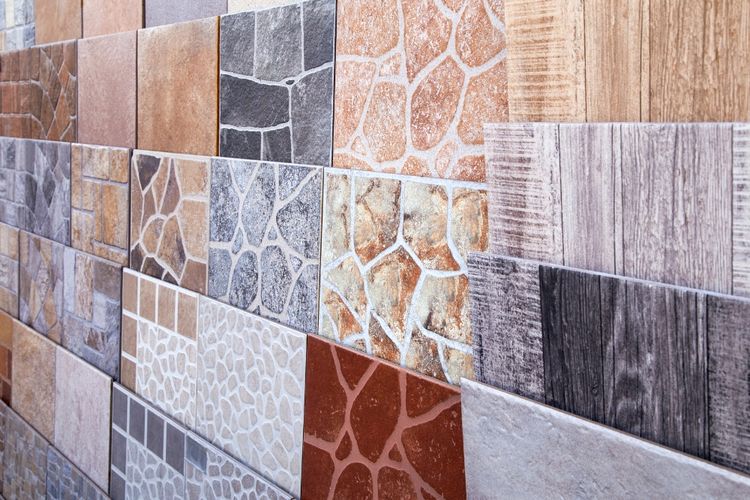Understanding Vinyl Flooring: Complete Guide to Options and Benefits
Vinyl flooring has become one of the most popular flooring choices for modern homes, offering durability, water resistance, and aesthetic appeal at an affordable price point. This versatile flooring solution combines practical benefits with design flexibility, making it suitable for various rooms and lifestyles. Whether you're renovating your kitchen, updating a bathroom, or considering flooring for your entire home, vinyl provides numerous advantages that traditional materials often cannot match.

Modern homeowners increasingly turn to vinyl flooring as a practical solution that doesn’t compromise on style or functionality. This synthetic flooring material has evolved significantly from its early iterations, now offering realistic textures, patterns, and colors that can mimic natural materials like hardwood, stone, and tile. The technology behind contemporary vinyl flooring ensures long-lasting performance while maintaining an attractive appearance that enhances any living space.
Understanding Vinyl Flooring Types and Construction
Vinyl flooring comes in several distinct formats, each designed for specific applications and installation preferences. Sheet vinyl provides seamless coverage ideal for moisture-prone areas, while vinyl tiles offer modular installation flexibility. Luxury vinyl plank (LVP) and luxury vinyl tile (LVT) represent premium options featuring enhanced durability and realistic surface textures. The construction typically involves multiple layers including a wear layer, design layer, core layer, and backing, creating a robust flooring system that withstands daily use.
Benefits of Vinyl Flooring for Modern Homes
The advantages of vinyl flooring extend beyond its initial affordability, encompassing practical benefits that appeal to busy households. Water resistance ranks among its most significant features, making vinyl suitable for kitchens, bathrooms, and basements where moisture exposure is common. The material’s resilience against scratches, dents, and stains ensures longevity even in high-traffic areas. Additionally, vinyl flooring provides comfortable underfoot cushioning and excellent sound absorption, creating a quieter living environment compared to harder flooring materials.
Vinyl Flooring Options for Different Spaces
The variety of vinyl flooring options allows homeowners to select products tailored to specific room requirements and design preferences. Residential-grade vinyl works well for bedrooms and living areas, while commercial-grade options suit kitchens and entryways with heavy foot traffic. Color and pattern choices range from classic wood grains and stone textures to contemporary geometric designs and solid colors. Thickness variations affect durability and comfort, with thicker options providing enhanced sound dampening and a more premium feel underfoot.
Vinyl Flooring for Kitchens: Practical Considerations
Kitchen environments present unique challenges that make vinyl flooring particularly advantageous. The material’s water resistance protects against spills, splashes, and humidity from cooking activities. Easy maintenance requirements mean that regular sweeping and occasional mopping keep vinyl floors looking pristine. The cushioned surface provides comfort during extended cooking sessions while remaining durable enough to handle dropped utensils and heavy appliances. Design options allow vinyl to complement various kitchen styles, from rustic farmhouse aesthetics to sleek modern designs.
| Vinyl Type | Average Cost per Sq Ft | Installation Method | Best Applications |
|---|---|---|---|
| Sheet Vinyl | $1-3 | Professional recommended | Bathrooms, laundry rooms |
| Vinyl Tile | $2-5 | DIY or professional | Living areas, bedrooms |
| Luxury Vinyl Plank | $3-7 | Click-lock or glue-down | Kitchens, dining rooms |
| Luxury Vinyl Tile | $3-8 | Professional installation | High-traffic areas |
Prices, rates, or cost estimates mentioned in this article are based on the latest available information but may change over time. Independent research is advised before making financial decisions.
Installation and Maintenance Requirements
Proper installation ensures optimal performance and longevity of vinyl flooring systems. Subfloor preparation involves cleaning, leveling, and addressing moisture issues before installation begins. Some vinyl products feature click-lock mechanisms enabling DIY installation, while others require professional installation with adhesives. Regular maintenance involves simple cleaning routines using manufacturer-recommended products. Avoiding harsh chemicals and excessive moisture helps preserve the flooring’s appearance and structural integrity over time.
Vinyl flooring represents a practical investment for homeowners seeking durable, attractive, and affordable flooring solutions. Its combination of water resistance, easy maintenance, and design versatility makes it suitable for various applications throughout the home. Understanding the different types, benefits, and installation requirements helps ensure successful flooring projects that enhance both functionality and aesthetic appeal for years to come.




